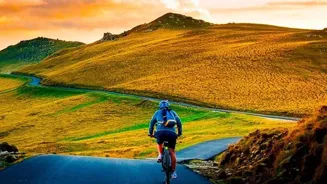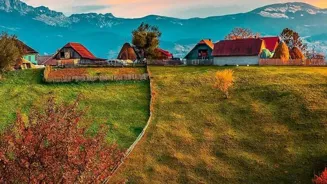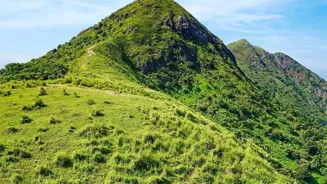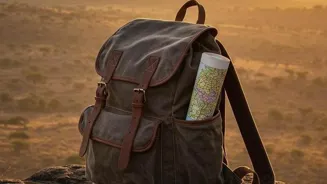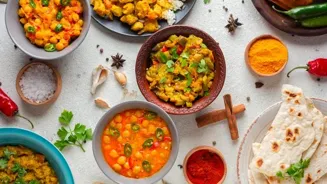Unlock the secrets to stunning travel photography in India! Dive into 10 expert tips for capturing captivating shots. Let's explore the art of storytelling through your lens. Read more for a journey of creativity
and discovery!
Namaste, fellow wanderers and photography enthusiasts! In a land as vibrant and diverse as India, every corner holds a story waiting to be captured through the lens.
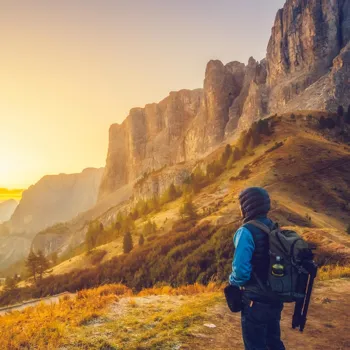
Travel photography is not just about pointing and shooting; it's about storytelling, preserving memories, and showcasing the beauty of our incredible world.
Whether you're armed with a fancy DSLR or just your trusty smartphone, these ten tips will help you elevate your travel photography game and create images that truly resonate.
Plan Your Shots (But Stay Flexible):
Before you even pack your bags, do a little research about your destination. What are the iconic landmarks? Are there any local festivals happening during your visit? Knowing this will help you anticipate potential photo opportunities and plan your shooting schedule accordingly.
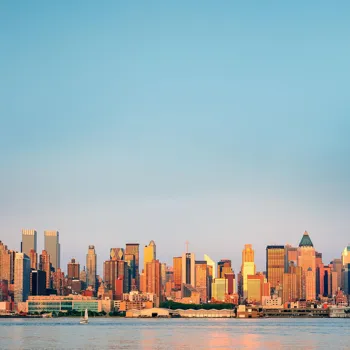
However, remember the most important thing - flexibility! Some of the best travel photos come from unexpected moments and serendipitous encounters. Be open to changing your plans and exploring off the beaten path. Remember that golden hour is very important for natural light.
Try to take pictures during the morning and dusk.
Embrace the Golden Hours:
Photographers often rhapsodize about the "golden hours," and for good reason. These are the periods shortly after sunrise and before sunset when the light is soft, warm, and flattering.
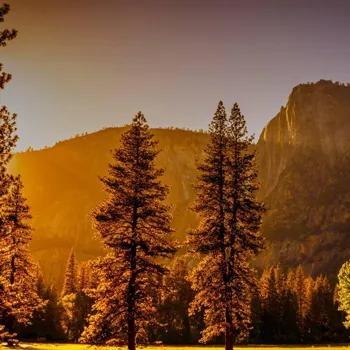
Shooting during these times can add a magical touch to your images, enhancing colors, creating beautiful shadows, and making your subjects glow. Avoid shooting during the midday sun, as the harsh light can wash out colors and create unflattering shadows of any object.
Experiment around the location and be patient.
Tell a Story with Your Composition:
Composition is the key to a photograph. Think about how you arrange elements within the frame to create a visually appealing and engaging image. Experiment with the rule of thirds, leading lines, symmetry, and negative space to guide the viewer's eye and tell a story.
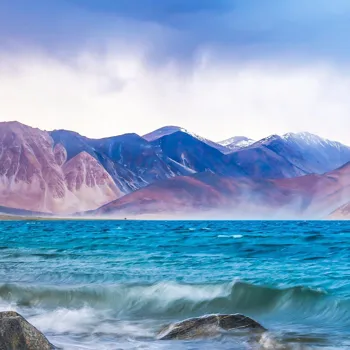
For example, placing your subject off-center using the rule of thirds creates a balanced and dynamic composition. Always use wide angles as much as possible for larger scenes.
Capture the Details:
While grand landscapes and iconic landmarks are certainly worth photographing, don't forget to capture the smaller details that make a place unique. Zoom in on the intricate carvings of a temple, the vibrant colors of a spice market, or the weathered hands of a local artisan.
These details can add depth and texture to your travel photography and give viewers a glimpse into the local culture. Remember to check focus every time you point and shoot.
Respect Local Customs and People:
When photographing people, always be respectful of their culture and customs. Ask for permission before taking someone's picture, especially in more remote areas. Learn a few basic phrases in the local language to show your respect and build rapport.
Be mindful of religious sites and traditions, and dress appropriately. Remember that you are a guest in their land. Do not force or disrespect anyone.
Master the Art of Street Photography:
Indian streets are a photographer's paradise, brimming with life, color, and character. Capture candid moments of everyday life, from bustling markets to quiet tea stalls. Be observant, patient, and quick on your feet.
Use a fast shutter speed to freeze motion and a wide aperture to create shallow depth of field, blurring the background and isolating your subject. Use the lens in the correct way for clear pictures.
Learn the Basics of Exposure:
Understanding the exposure triangle – aperture, shutter speed, and ISO – is crucial for taking well-exposed photographs. Aperture controls the depth of field, shutter speed controls the motion blur, and ISO controls the sensitivity to light.
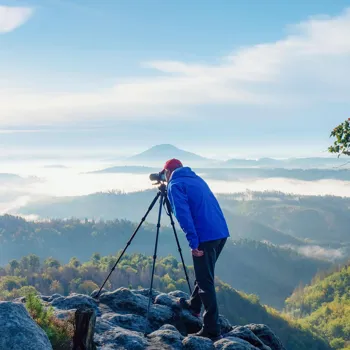
Experiment with different settings, learn how they interact with each other, and find the right balance for the scene. Always ensure the light is appropriate.
Pack Light (But Smart):
When traveling, it's tempting to bring all your camera gear, but lugging heavy equipment around can be tiring and cumbersome. Pack only the essentials that you'll actually use. A versatile zoom lens, a lightweight tripod, and a few extra batteries should suffice for most situations.
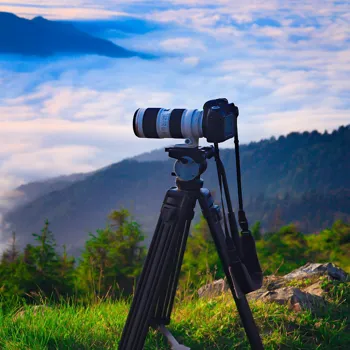
It is also important to have cleaning equipment for the camera lens. Clean lens will help in clear picture.
Edit Your Photos Thoughtfully:
Post-processing is an integral part of the digital photography workflow. Use editing software to enhance your images, adjust the exposure, color balance, and sharpness. But be careful not to overdo it. The goal is to enhance the natural beauty of the scene, not to create something artificial.
Ensure to back up on the cloud.
Practice, Practice, Practice (And Have Fun!):
The best way to improve your travel photography is to practice consistently. The more you shoot, the more you'll learn and the better you'll become. Don't be afraid to experiment, make mistakes, and learn from them. And most importantly, have fun!
Travel photography should be an enjoyable and rewarding experience. Try finding new spots to explore.
So, grab your camera, pack your bags, and embark on your next photographic adventure.
With these tips in mind, you'll be well on your way to capturing stunning shots and creating memories that will last a lifetime. Happy clicking!
Paragraph 1 :
Planning is essential for travel photography, but flexibility is key.
Research iconic landmarks and local festivals to anticipate photo opportunities. However, be open to exploring off the beaten path for unexpected moments and great pictures. The golden hours after sunrise and before sunset offer the best natural light for shooting stunning pictures.
Paragraph 2 :
Composition is crucial for visually appealing images. Experiment with the rule of thirds, leading lines and symmetry to guide the viewer's eye. Use detail shots like temple carvings and spice market colors for story telling.
These add depth and capture the amazing textures of Indian art and crafts.
Paragraph 3 :
When shooting people, respect local customs and ask permission before taking photos, and be mindful of religious sites. In India, streets has great stories.
To cover Street photography and capturing candid moments in markets use a fast shutter speed with clear focused backgrounds.
Paragraph 4 :
Aperture, shutter speed, and ISO are key foundations for understanding exposure. Adjust light and practice. Avoid carrying too much gear.
A zoom lens and tripod should work. Cleaning equipment ensures clear pictures even with dust on the lens when traveling to far of places.
Paragraph 5 :
Editing software enhances images color and clarity, but ensure edits don't look artificial. Back up images regularly.
Remember to practice, experiment, and have fun. These tips will help you capture stunning shots that captures your memory for lifetime.
Paragraph 6 :
India offers diverse photography opportunities. Capture the essence of India through portraits, landscapes, and architecture.
Be open, respectful, and creative. With these tips, you'll create memorable travel photos to cherish.
AI Generated Content. Glance/InMobi shall have no liability for the content